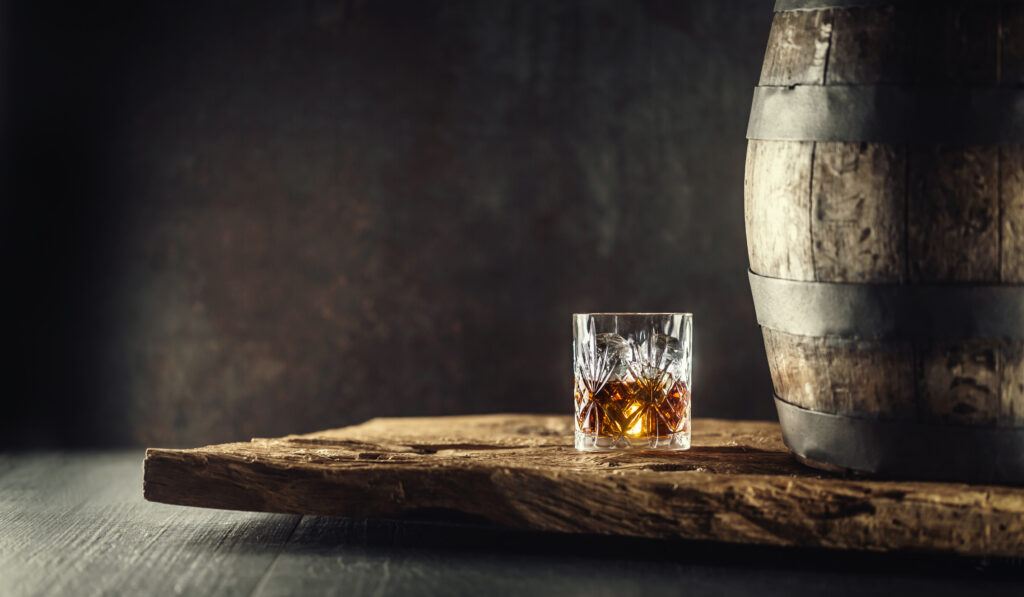If you’re like me, you enjoy the taste of a good whiskey. If you’re also like me, you’re new to the terms and definitions of Bourbon Talk. It’s almost intimidating to see all of the information, groups, and secret societies involved in and around the enjoyment of brown spirits. One term we’ve been seeing more of online is the term cask-strength. Cask-strength bourbons have become more and more popular at local distilleries and even on store shelves. But what are they? What makes them different from regular bourbons? And are they worth the extra cost?
Cask-strength bourbon is sometimes also referred to as barrel-proof bourbon. That is because this type of bourbon is not watered down. Every drop comes straight from the barrel it was aged in. What else would be in it?
Seriously! As you can imagine, this lack of watering gives cask strength bourbon an intense, sharp flavor, which many whiskey connoisseurs consider its main appeal. Cask-strength bourbon might not be for everyone, but it is definitely bourbon in its purest form.
Anyone else feel like they’re in a Tide Pod commercial… 85% of leading whiskeys are a majority water… 😊
Sipping cask-strength bourbon is not for the faint of heart, due to the high alcohol content. Many people who drink cask-strength bourbon will add water to it to make it palatable. Because of the intense flavor, cask-strength bourbon actually works great in a mixed drink too. (I know, blasphemy…)

The flavor comes through despite the ice and other mixers in the drink because the bourbon hasn’t been previously diluted. Though, some say that the taste of a mixed drink with a more concentrated, cask-strength bourbon versus regular bourbon can be entirely different.
Another differentiator of cask-strength bourbon is that it is not typically chill-filtered. Chill-filtering is exactly what it sounds like. It’s when the whiskey is chilled and then run through a very fine filter or multiple filters to remove particles. This takes out some cloudiness that can occur. The amount of sediment and compounds removed from the whiskey depends on the type of filter and the number of filters that the spirit passes through. Though this is a very common practice in the industry, some feel that chill-filtering removes part of the taste and texture of the bourbon, so it carries a certain kind of unfavorable connotation. This is understandable as the filtration will take out some of the impurities and particulate that gives the drink its mouth feel and taste.
Many common bourbons that you find on the shelf at the grocery store are chill-filtered. But don’t worry–if you’re in the market for cask-strength bourbon, you’ll find that most out on the market are not chill-filtered because this process is only necessary for bottled whiskeys less than 47% ABV. In fact, upon bottling, bourbon can only be considered bourbon if it is at least 40% ABV or 80 proof.
If you’re feeling up for the challenge of trying a non-chill-filtered cask strength bourbon, you’re probably looking at something a little pricier on the top shelf, but the flavor profile just might turn you into a whiskey enthusiast!
Read the labels, learn the terms, and then we can not be ‘Noobs’ together! If you have a favorite bourbon, cask strength or otherwise, share it with us so we can give it a try. We can even do a live bottling review if you’re up for it.
Let us know!
Thanks and Happy Planting!

